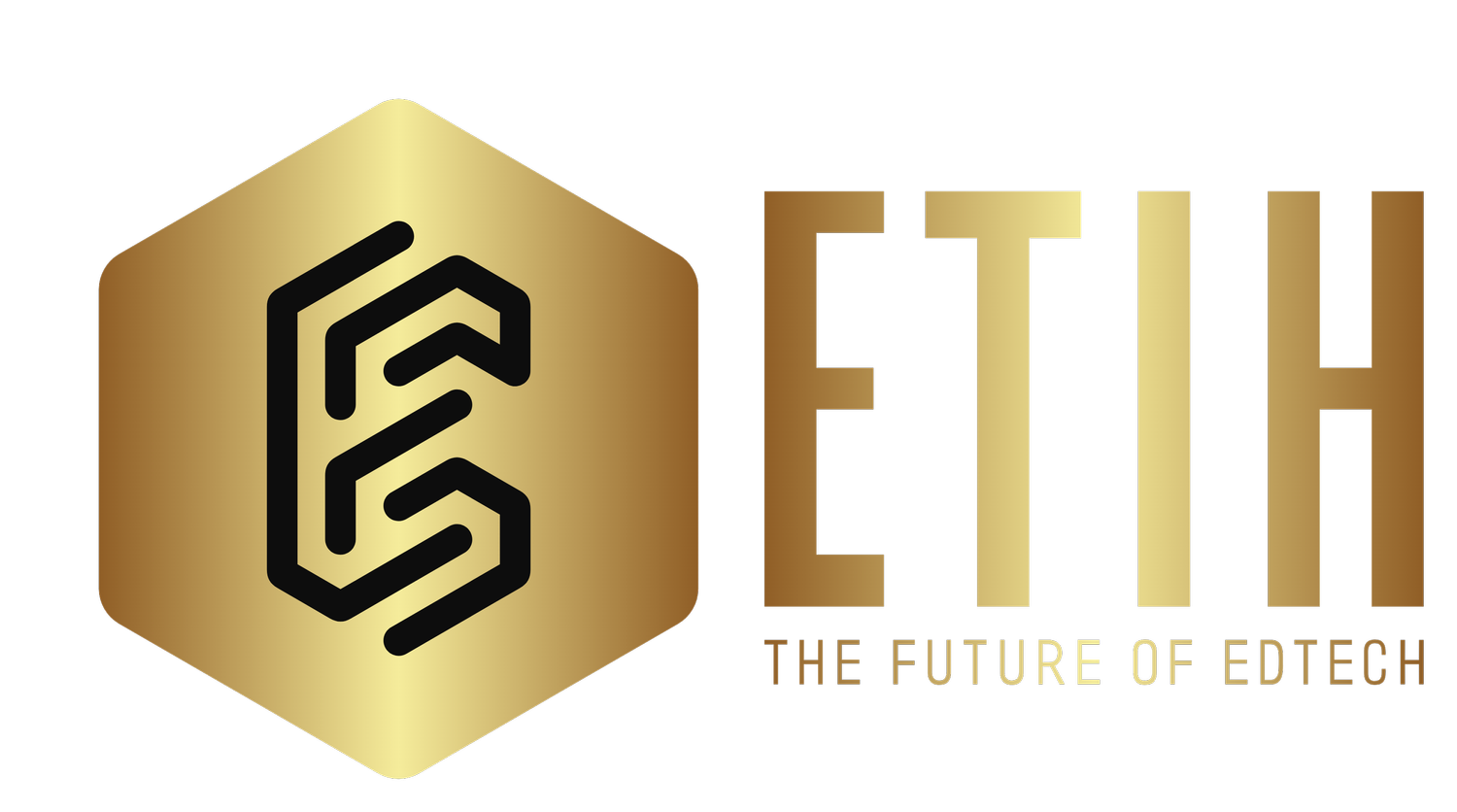NUS pilots blockchain tech on Singaporean green bond reporting tokenization effort
The National University of Singapore (NUS) is the first educational establishment in Singapore to implement blockchain technology for environmental, social, and governance (ESG) reporting on its own green bond. The tokenization project aids data integrity and transparency so investors can now track their green money and investment outcomes. Working in conjunction with asset manager Northern Trust and Asian bank, UOB, the distributed ledger technology (DLT) was piloted as part of Project Guardian, a Monetary Authority of Singapore (MAS) initiative.
The global collaboration between the MAS central bank and regulator in Singapore and key local and global industry players is designed to enhance the liquidity and efficiency of financial markets through better data-centric asset tokenization, using DLT.
It falls under the fixed income workstream of MAS’ Project Guardian, which focuses on demonstrating the potential benefits of tokenizing bonds and other fixed income securities, such as easily enhancing the credentials of any issuer and their data, while also providing better trackability, security, immutability, ESG metrics and so on to investors as the bond is traded worldwide.
The participants view the initiative as a key milestone in green finance innovation, leveraging as it does blockchain technology to enhance transparency and investor confidence in sustainable investment practices. These still need to become standardized and universally accepted in the global race to cut CO2 emissions and reach net zero, enhance worker protections, improve diversity, and so on.
Typically, issuers of specifically green bonds, pertinent to the E environmental aspect within the ESG arena, need to provide regular updates to investors regarding the use of their funds. The investors may require such data for their own sustainability and emissions reporting obligations and in order to better assess their progress towards meeting the net zero environmental goals in the ESG grid.
How it works
Under the initiative, Northern Trust will utilize its cutting-edge digital assets platform, Northern Trust Matrix Zenith™, to mint and hold a green bond reporting token. The token will hold the environmental impact reporting data from NUS’ third green bond, which was issued in 2023.
UOB, as the lead arranger of the bond issuance, will solicit and provide crucial feedback on how the tokenized data can enhance investors’ sustainability reporting practices.
It is hoped the green bond reporting token will give investors the necessary confidence that the environmental impact reporting data in it is secure, immutable and reliable, thereby helping them meet their sustainability reporting obligations to global regulators.
Investors in the bond will receive the same complete set of information as the initial participants. The foundational data will remain unchanged even as the bond changes hands and is widely traded, with updates accruing.
The initiative marks a significant step forward in the alignment of green finance practices with global transparency and regulatory norms that need to be established in this evolving area.
Driving green finance innovation
The green bond reporting token is the first step in NUS’ broader strategy to explore how blockchain technology can enhance green finance practices through a three-year Memorandum of Understanding (MoU) that the University signed with Northern Trust in November 2024. The collaboration will focus on fostering cutting-edge research and developing actionable solutions to address the challenges of ESG finance, with this as its first crucial rollout.
As part of its stated commitment to lead green finance innovation, NUS says it will continue to explore other opportunities for leveraging tokenization to improve the accountability and ease of green trading.
Mr. Tan Kian Woo, Senior Vice President and Chief Finance Officer at NUS, said he was “proud” to be part of this first-in-the-market project, adding that: “By creating a token that enhances the integrity and transparency of our environmental data, we aim to provide greater confidence to investors, helping them meet their own sustainability reporting goals. This is only the beginning, as we will continue to push boundaries in sustainable financial practice.”
According to his colleague at NUS, Mr. Koh Yan Leng, Vice President of Campus Infrastructure: “In our pursuit of driving on-campus decarbonization, we are equally committed to reporting the sustainability performance of our green buildings in a transparent, timely and reliable manner. Through this project, investors and stakeholders will get access to prompt updates to support their sustainability reporting needs. It also reflects NUS’ ongoing efforts to optimize energy use and reduce carbon emissions [across our estate].”
Project partner, Justin Chapman, Global Head of Digital Assets and Financial Markets at Northern Trust, said the initiative “is a testament to the transformative potential of blockchain technology”, while adding that: “Our Matrix Zenith™ platform, ensures the integrity and transparency of green bond reporting data, addressing critical needs for investors.”
According to Edmund Leong, Head of Group Investment Banking at the other banking partner, UOB: “By participating in this data tokenization initiative, we aim to provide real-world feedback on the future usability of tokenized data, ensuring that it meets the standards required for transparent and reliable sustainability reporting.”





















